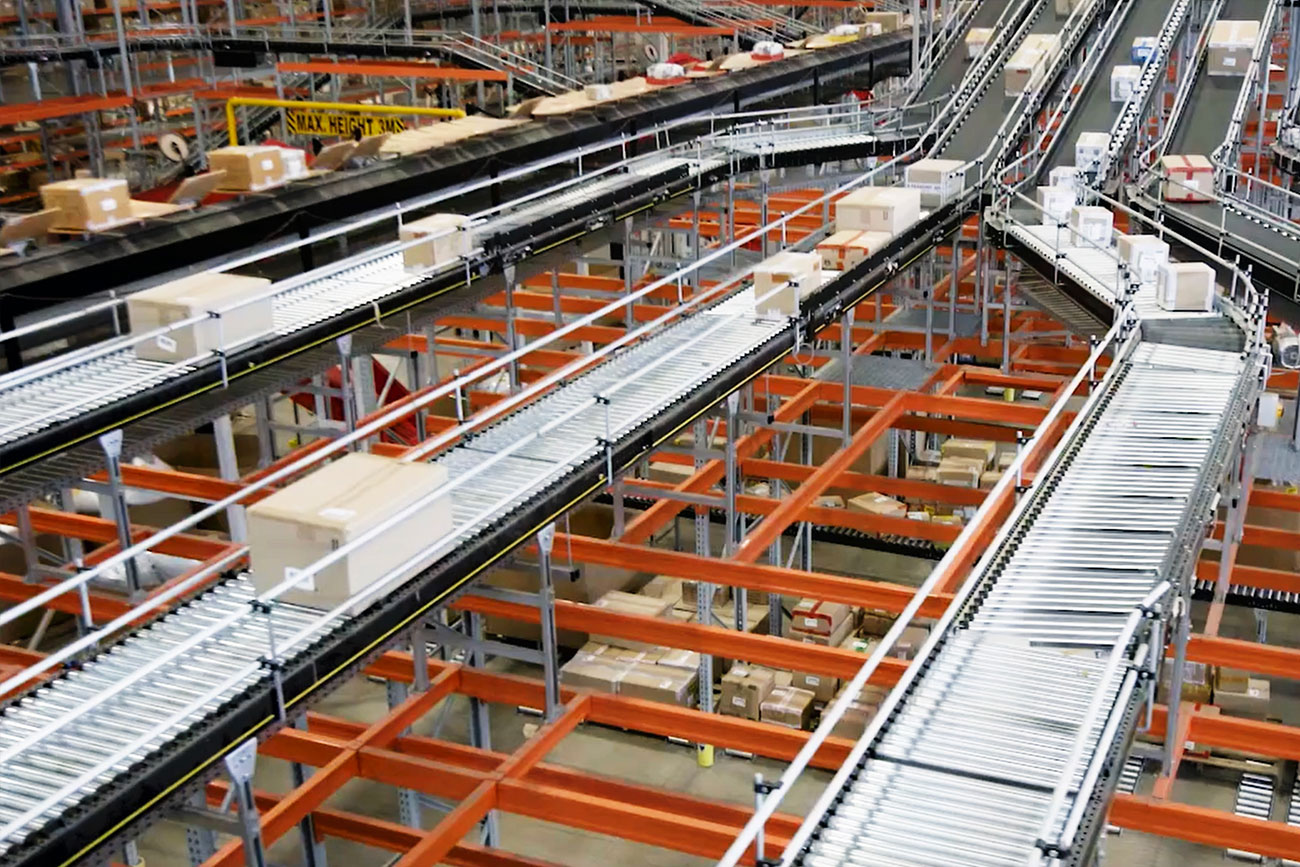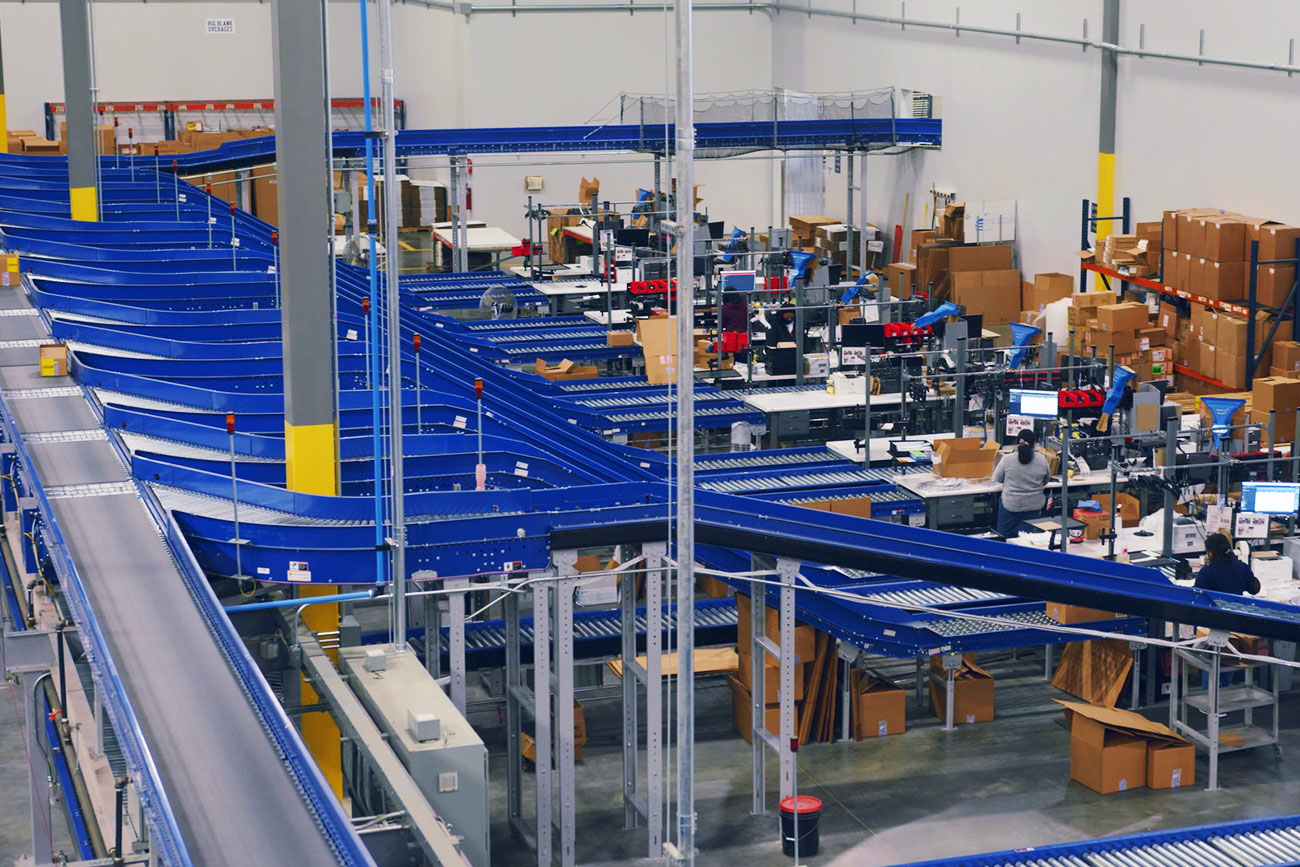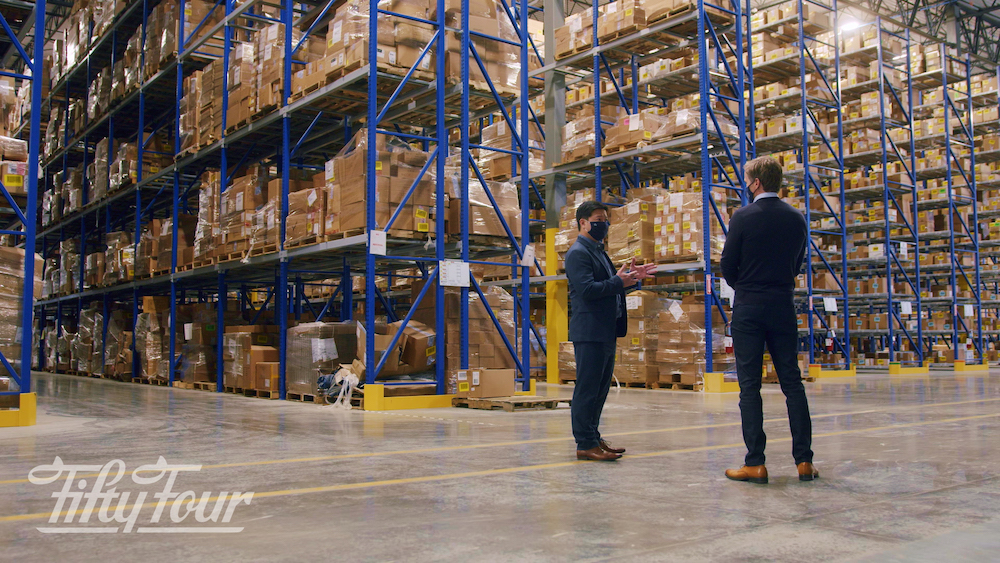
If your material handling or DC warehouse is in the midst of the e-commerce boom, then you already know how important it is to be able to move product in and out at lightning speed. The faster the throughput the better for profits. Maybe you’ve already integrated some automation and conveying systems into your warehouse model, and if so, you are probably enjoying the benefits. If you’ve only thought about introducing conveyors into your facility and aren’t quite sure where to start, we’ve got some ideas and tips for you.
Conveyor system integration is almost a necessity now if your material handling warehouse is operating full tilt. With workforce shortages and other industry challenges, finding ways to meet those issues with workable solutions is critical.
First, though, let’s explore why a conveying system may not be your personal best bet and follow up with why many companies in this space are choosing integrated conveying system solutions.
3 Reasons a Conveyor System May Not Be the Solution
Believe it or not, conveying systems have been around since Henry Ford first introduced this innovation into the car assembly industry in 1913. Since then, many industries have co-opted conveyor systems into their basic format and that goes for the material handling and DC warehouse industry, as well. Many innovations have followed since 1913, but there are still some things that a conveying system won’t be able to handle, just plain cannot do or will make it harder to accomplish another important function.
-
Conveyor Systems and Space
In order to install a conveyor system in your material handling or DC warehouse, you are going to need to dedicate some serious space. This isn’t going to be space that you can use in any alternative way – such as for storage. If space is already an issue for you, installing a conveyor system may not be the best answer.
-
Conveyor Systems Cannot be Moved
Unlike a wide variety of shelving, modular and mezzanine solutions, once a conveyor system is in place, it’s likely there for the long haul. If the product you handle changes, and you need to reconfigure your warehouse, you’ll be in for an expensive workaround.
-
It’s Not a Cheap Option
Inexpensive and expensive are relative terms. What might be cheap to one person may be out of reach to another. Installing a conveying system is an expensive proposal for most people, but for some, the ROI will be more than worth the initial outlay. It all has to do with how much you need to grow your business. If you are looking to substantially increase your capacity, then the outlay may be part of the overall picture.

When a Conveyor System is the Answer
We believe there are many more positive results to upgrading your material handling and DC warehouse to the latest industry innovations like conveying systems, including:
- Staying abreast of the competition – You’ll never be able to compete unless you are willing to up your game to master the necessary throughput
- Keeping your customers happy – From the original order to last-mile delivery, your warehouse has to be able to manage that order efficiently and correctly until it is in the hands of a happy customer. If the customer is not happy, the retailer will find another warehouse.
- Eliminating the pain point of workforce shortages – When you make the investment into today’s material handling industry technological solutions, you are setting yourself up for dealing positively with workforce shortages.
These are some of the positive ways taking the leap into upgrading your warehouse operations can manifest. But what are the specific advantages of integrating a conveyor system into your workflow? Let’s take a look.

5 Reasons a Conveying System is the Answer
Conveyor systems come in a wide variety of types designed to address different applications. For example, belt conveyors are highly adaptable to changes in height and direction and they can carry a huge variety of items, so they are perfect for warehouses. You can design your belt conveyor to work over and around your material handling and DC warehouse storage areas and personnel. Here are some reasons why a belt – or possibly another type – conveyor can take your business to the next level.
-
Workforce Shortage Relief
Let’s just address the elephant in the room first, shall we? It’s really hard to find employees (and employees who want to work). They come and go and some days there just aren’t enough of them to get the job done. And maybe the ones that are there aren’t as well trained or experienced, creating hazardous conditions for everybody. Yes, you’ll still need employees after installing a conveying system, but you’ll need far less of them and the ones that are there won’t be as likely to get repetitive workforce injuries due to carrying heavy, bulky packages throughout your warehouse.
-
Far Less Expensive Than Employees
Of course, we are talking about your ROI here. We’ve already pointed out that the initial cost of installing a conveyor system is expensive, but once you’ve done it, you will start to see your ROI immediately. Here’s how. You won’t have to pay your conveying system a salary or hourly wage to work. Your conveying system won’t call in sick. You won’t need to pay employment taxes on your conveying system and your conveying system won’t cause you to get an OSHA citation. And if you take the proper care of it, your conveying system won’t be expensive to keep in good working order.
-
Reduce Loss of Product
Your conveying system will handle all product exactly the same, so you won’t be facing loss of product related to damage caused by human error. When you need to increase the rate of movement, it’s easy to do.
-
Space Saving
I know, I know. Previously, we said that if you are already short on space, a conveying system might not be the ideal answer for you. But, in some cases, even if you are in a too-small situation, a conveying system can actually help. That’s because you can install your conveyor to work over, around and even under your various storage areas, receiving and shipping stations and employee or personnel areas. Since you’ll be moving product in and out faster than ever before, you won’t need to add more storage space.
-
Increase Your Efficiency and Productivity
Ok, this last one’s kind of a no-brainer, but the overall advantage of integrating a systems conveyor is to boost your current operating potential. One thing we like to talk about a lot around here is MaxOP – finding your warehouse’s maximum operating potential and integrating the necessary technology to reach that goal – without breaking your budget.
So, there you have it. Some good reasons to consider conveying systems integration and a few times when it may not work. You’ll notice we came up with more reasons to take this step than to not do it, but one thing is for sure – we have plenty of material handling warehouse professionals that will be happy to take a look at your situation and give you a free intralogistics report that can detail exactly what you can do to take the next step.
Contact us today for a free consultation on how to find your MaxOP.
